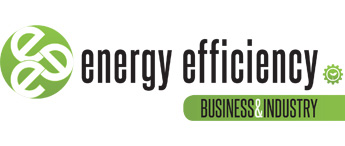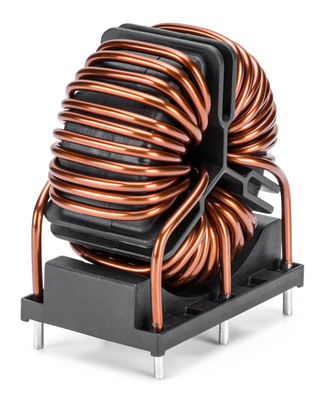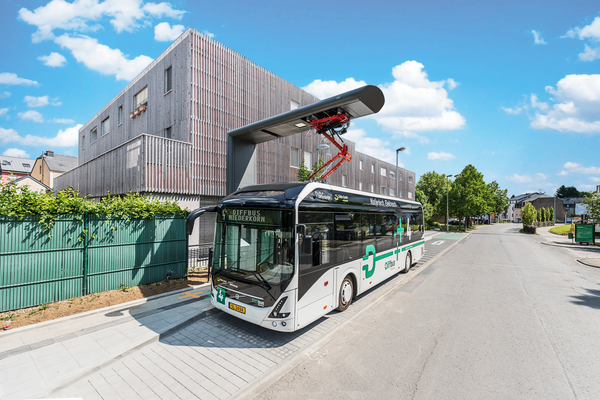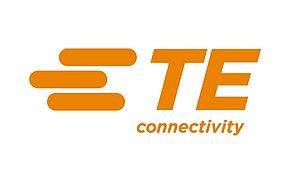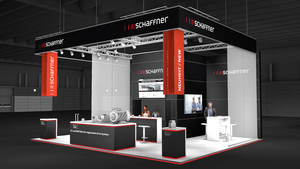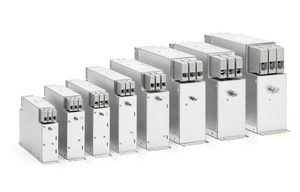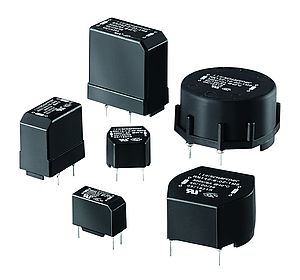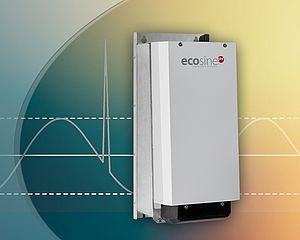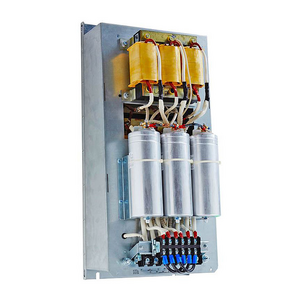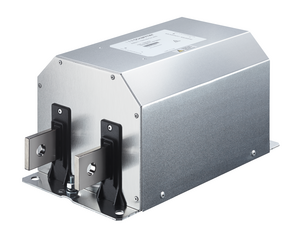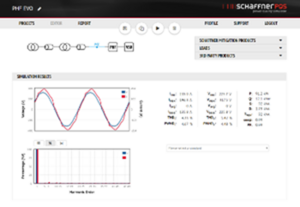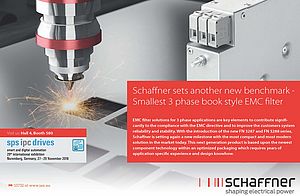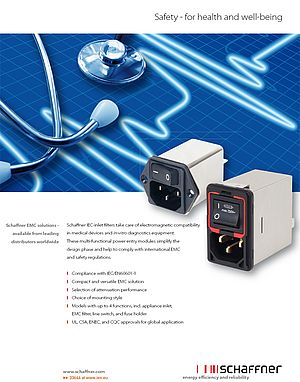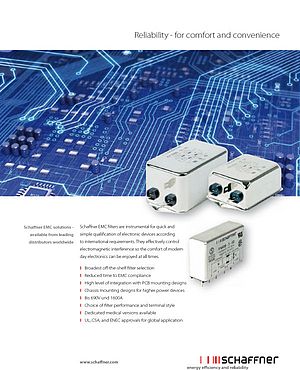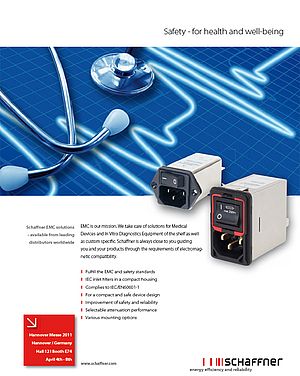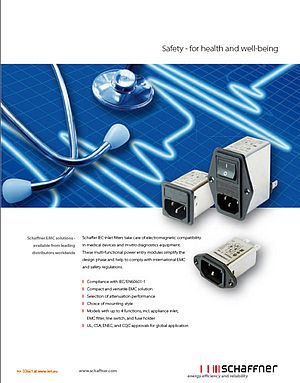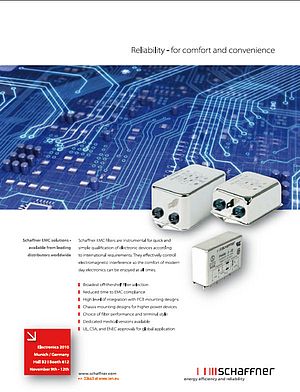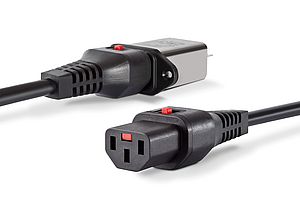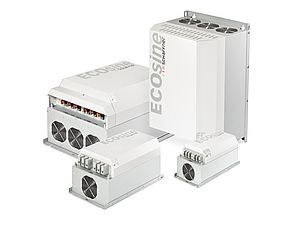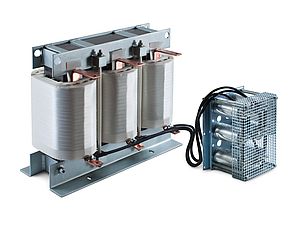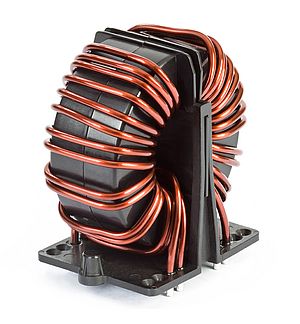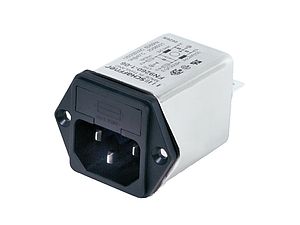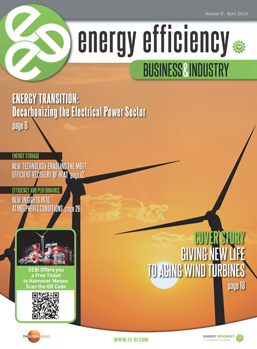Who has never heard about E-Mobility, EV-Charging, energy storage systems and renewable energy? Most of us don’t ignore these concepts but only a few people know that the technology allowing them work together – EMC- Electro-magnetic compatibility – is where the E has originated.
Electro-magnetic compatibility
E-Mobility and supply of needed energy to the charging facilities are more and more in focus. Current available technologies for renewable energy generation can be used to form a decentralized supply grid. To balance the available power infrastructure, energy storage systems need to be close to the point of load. In order to maintain a proper interoperability between the different partnering systems (like battery charging system for EV, battery storage and PV-installations) EMC/EMI topics need to be considered carefully, otherwise the expected level of services cannot not guaranteed.
EMC and EV-Charging
Charging a car is not only plugging the car into your power socket at home. Batteries are driven with DC, therefore a conversion of supplied power from the AC grid needs to take place at some point. This conversion generates noise all over the system, that migrates through cables to the grid or the car. Looking at the block diagram above, the use of filtering components is needed on both sides of a converter to limit the disturbances spreading out all over the system (either on grid side or on the cable to the car). Schaffner has been offering its EMC solutions for more than 50 years.
Normative landscape
In order to meet the EMC requirements of the systems, relevant standards must be taken into account and applied. IEC 61851 deals with all types of stationary installed charging systems for both Residential and Industrial environments. Most recently the AC and DC EMC/EMI limits for EV Charging applications were defined according to generic standards IEC 61000-6-1 to IEC 61000-6-4.
Schaffner EMC products
Schaffner AC Filters - (up to 690VAC) or DC Filters (up to 1500VDC), as well as customer specific solutions are used in all parts of the charging infrastructure. Schaffner realized several successful projects in commercial and industrial sectors.
Brief specification of the filter series
- FN 2210 and FN2211: 1000VDC at 250A up to 2300A (50°C ambient), also available as HV Version up to 1500VDC
- FN3310 and FN3311: 480VAC at 250A up to 2300A (50°C ambient), also available as HV Version up to 690VAC
All types are modular, allowing different capacitor setups. FN2210 and FN3310 don’t show capacitive coupling between lines and PE (no Y-caps).
The Filter series - FN221X and FN331X – are mainly used in fast or opportunity charging installations, e.g. shopping centers or in public transport to charge busses due to the high ampere rating (250A or more). The available standard Schaffner Filters can also cover lower power installations, including control logic RFI filtering.
For any charging system it needs to be considered that charging vehicles simultaneously requires a very high available energy at the point of load. This can only be handled with a decentralized installation of energy storage systems to balance the supplying grid or to form a grid independent solution (e.g. wind turbine or PV-installation). All those installations need to be tested according to the standards mentioned above. Schaffner can support all kinds of supply systems and is active in various industry sectors around the world, working closely with customers and sharing its deep knowledge to support them.
Energy storage
Schaffner is not only able to support in RFI filtering (ranging from 9kHz to 30MHz) but can also help find solutions in the whole topic of electromagnetic disturbances, like harmonics mitigation or LCL filtering in lower disturbance bandwidth.
Schaffner’s LCL-filters or power-quality solutions are used in different kinds of charging applications, each having their own unique requirements. For bidirectional energy storage, an LCL-Filter is needed, allowing the system to be safely connected to the supply Grid.
Power-Quality filters are fitted if the system is not using regenerative approach. These Filters are damping the harmonics of 50 or 60 Hz supplying grid base frequency.
EMC/EMI consideration still needs to be taken for both approaches. Therefore, it is essential to select an RFI-Filter perfectly adjusted to the LCL or power quality Filter. Schaffner can support for all different kinds of Filters and a system filtering approach.
Thanks to the technology leadership in different sectors like EMC-, LCL and Power-Quality-solution, Schaffner is a one stop shop for all EMI/EMC problems up to several hundreds of amperes. Therefore, Schaffner Filters can be used in single household installations and in industrial or commercial installations like logistic hubs, harbors or for public transport charging, covering the whole range.
